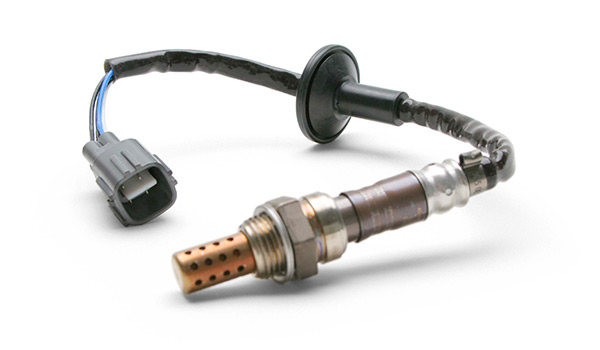Is it Safe to Drive with a Faulty Oxygen Sensor?

Your car may still be drivable with a faulty oxygen sensor, but it's not advisable. Why, you ask? Below are some of the reasons why.
What is the impact of a bad O2 sensor?
Driving with a bad oxygen sensor can result in various negative consequences:
1. Incorrect Air-Fuel Mixture
If the upstream oxygen sensor (also known as O2 sensor) malfunctions, it can send inaccurate exhaust oxygen level readings to the Powertrain Control Module (PCM). This affects the PCM's ability to adjust fuel delivery properly, potentially leading to an improper air-fuel mixture. This mixture can be either too rich (excess fuel) or too lean (insufficient fuel) in the combustion chamber.
2. Rough Running and Sluggish Acceleration
An improper air-fuel mixture can cause incomplete combustion, resulting in rough idling, rough running, and sluggish acceleration. In severe cases, it may even lead to stalling, posing a safety risk while driving.
3. Increased Fuel Consumption
A faulty oxygen sensor can indicate an incorrect air ratio in the combustion chamber. If it signals a low air ratio, the PCM compensates by sending excess fuel, causing increased fuel consumption. On the other hand, a high air ratio can lead to reduced gas mileage, as the engine requires more fuel to compensate for the decreased power.
4. Catalytic Converter Issues
When your engine runs rich due to a faulty O2 sensor, the unburnt excess fuel enters the exhaust system, potentially clogging the catalytic converter. Additionally, it may overheat and damage the catalytic converter. Replacing a catalytic converter is considerably more expensive than replacing a faulty sensor.
A damaged catalytic converter can also result in increased emissions and failed pollution tests, further complicating matters.
How to identify a faulty O2 sensor?
To determine if your oxygen sensor is indeed faulty, keep an eye out for the following symptoms:
1. Check Engine Light (CEL)
One of the most common signs of a faulty O2 sensor is an illuminated CEL. This occurs because the bad sensor relays inaccurate readings to the PCM or reports a low oxygen level.
2. Poor Fuel Efficiency
A broken oxygen sensor can reduce fuel economy due to the imbalance it causes in the air-fuel mixture.
3. Reduced Engine Performance
You may notice poor engine performance, including rough running, sluggish acceleration, rough idling, engine misfire, and stalling. Unusual noises like knocking or pinging may also be present.
4. Unpleasant Smell
A failing downstream oxygen sensor can produce a rotten smell from the exhaust gas. This odor results from a failing catalytic converter's inability to convert hydrogen sulfide into less harmful emissions, leading to an unpleasant smell. Increased emissions or black smoke from the tailpipe may also be observed.
In conclusion, while it is technically possible to drive a car with a faulty oxygen sensor, it is not advisable due to the potential negative consequences it can have on engine performance, fuel efficiency, and your vehicle's overall health. It's best to address the issue promptly to avoid more extensive and costly repairs down the road.